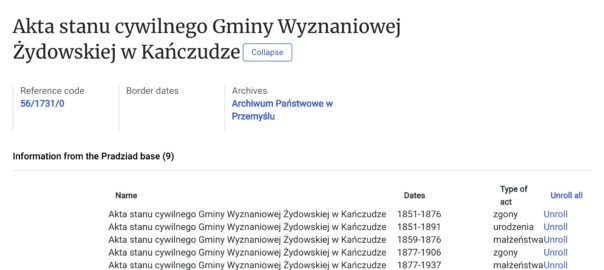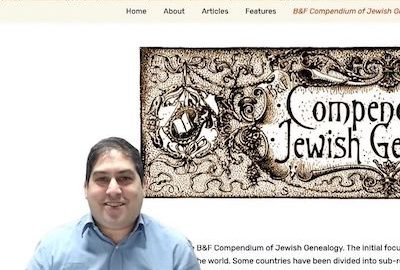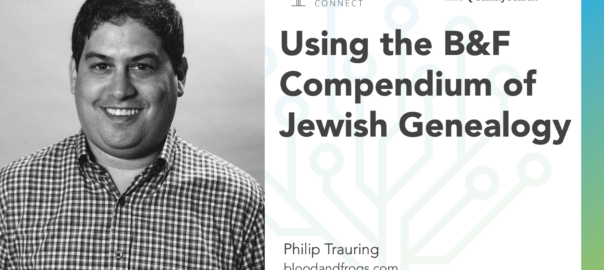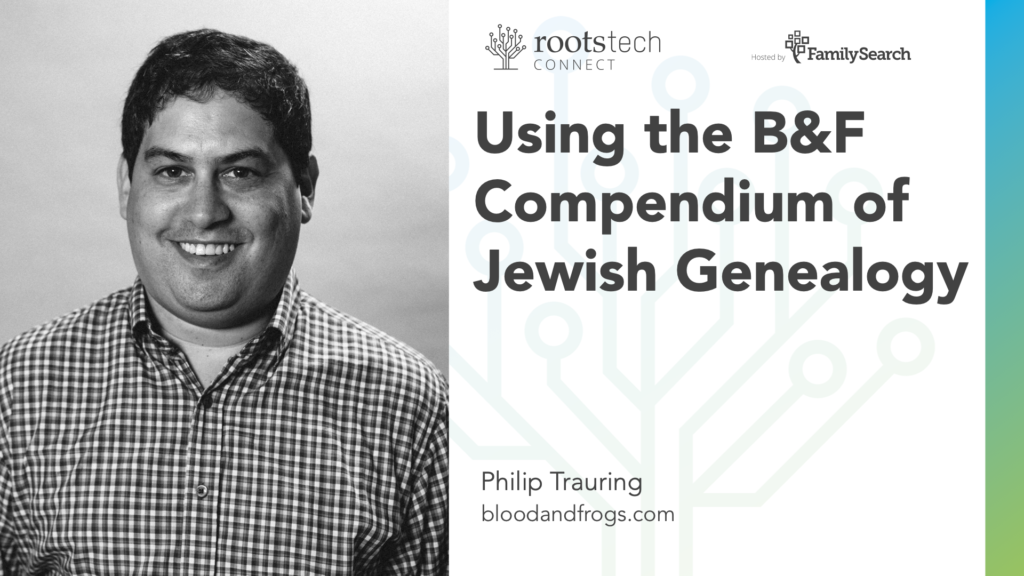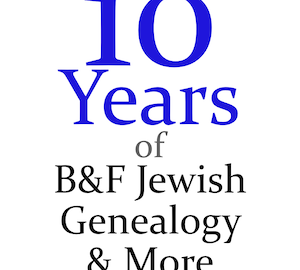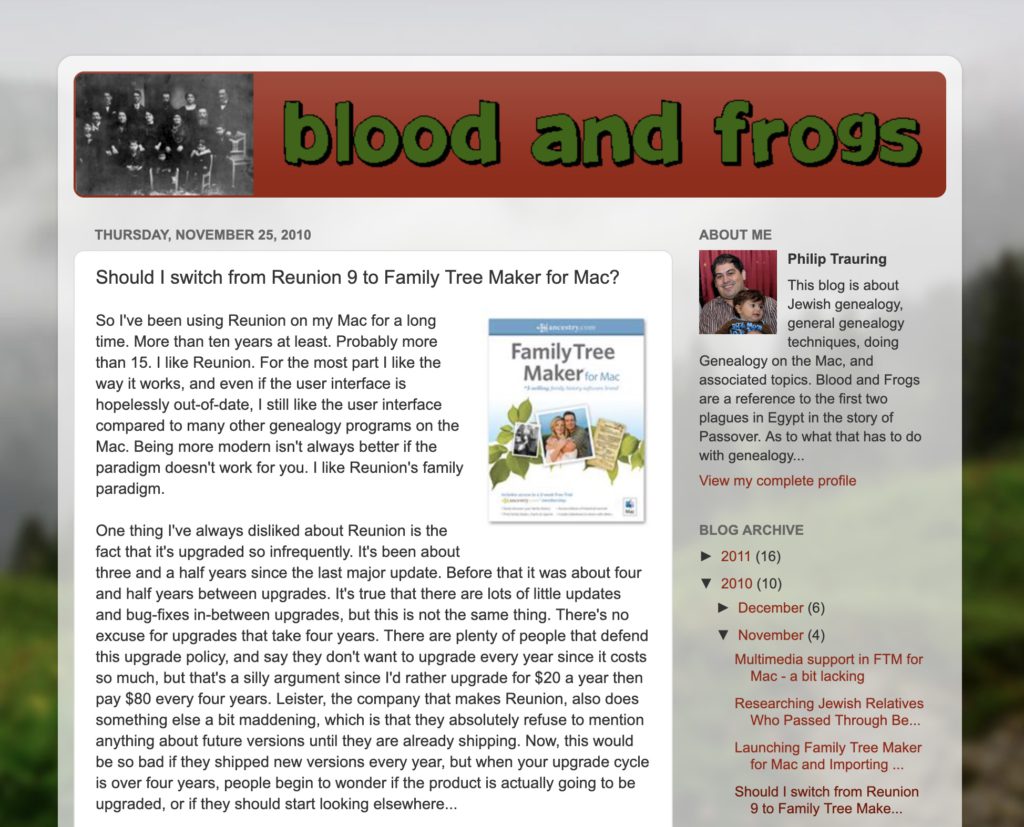This site’s web server has long needed an upgrade, and I’ve finally moved everything to a new server. To those who have had to endure the site being offline frequently, that will hopefully come to and end. Having had to do this several times over the years, I know there are always small problems that pop up, so if you notice anything wrong, please send me a message.
I should add that as part of upgrading the server I noticed I wasn’t getting all the emails sent to me, so if you sent an email to me and didn’t get a response, please send it to me again.
